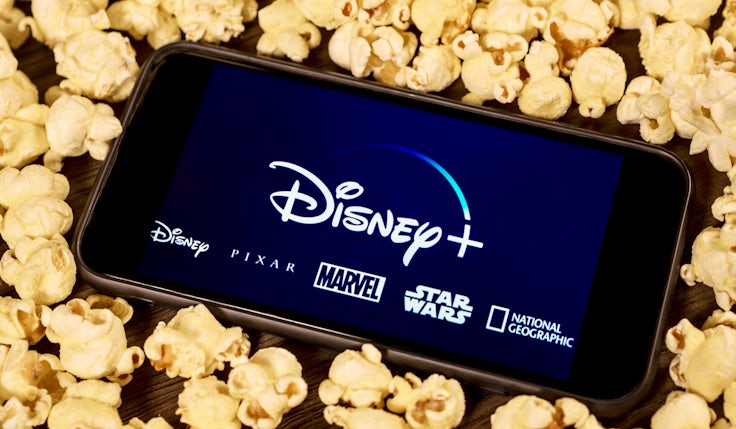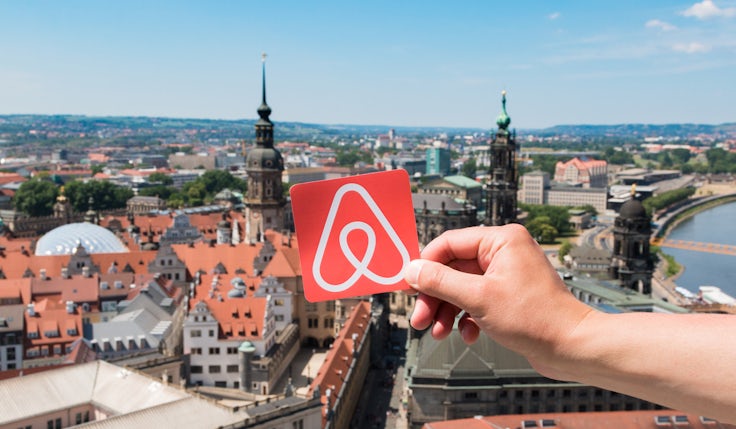‘Colour is back – but it won’t be the last personalisation trend driven by AI’
Consumers are paying attention to colour again as part of a wider trend towards personalisation that will eventually encompass all stages of the customer journey.
 At the very beginning of the 1990s, I had my colours done. That is to say I visited a woman called Veronica who had turned her spare room into a closet full of outfits and cosmetics, to advise women on what colours and styles best suited them.
At the very beginning of the 1990s, I had my colours done. That is to say I visited a woman called Veronica who had turned her spare room into a closet full of outfits and cosmetics, to advise women on what colours and styles best suited them.
Back then it was a fairly rudimentary system: spring, summer, autumn and winter in either cool, bright or deep tones.
I still have the swatch of colours I left with, and periodically gaze upon it wondering why my wardrobe is full of black, grey and navy if the colours that most suit me are bright greens, blues and pinks.
Colour Me Beautiful was perhaps the most recognisable colour consultant at that time and still is a leader in the image and styling industry. However, it has now been joined by a plethora of kitchen-table consultants, or rather should I say keyboard-table consultants, since this resurgence has everything to do with the power of applying AI.
Then there are the faceless apps that promise an objective, mathematical analysis of someone’s colour palette, body type and personal style. StyleDNA even allows users to scan their clothing for stylists to pair them the right way for the right occasion.
Generative AI isn’t marketing’s future, it’s already part of its present
Social media (TikTok and Instagram, in particular) is awash with human-assisted and machine-assisted consultancy services hoping to improve people’s understanding of their optimum palette.
And it is engaging users because for the first time AI is allowing these consultants to create ‘before’ and ‘after’ demonstrations of people first in their worst colours, followed up by them glowing in their best ones, with merely the swipe of a finger.
Whatever we can imagine, we can now image. And as a result, what we see on social media today is as much fantasy as it is fact: often comparing or replacing what ’is’ with what ‘could be’.
Personal colour styling, then, is making a comeback and it’s not hard to see why. It’s a gloomy time, after all, the days are as grey as our leaders, resources are scarce and hope for the future even scarcer. Colours brighten up the face but also the spirit. There’s a reason colourful wardrobes are dubbed ‘dopamine dressing’.
But it’s AI which is driving much of this desire for what is, at its core, what marketers would dub personalisation. It is offering a new level of demonstration for those that lack the imagination to envision what someone might look like. Users are now presented with that vision on a screen right in front of them: imagination on-demand.
Why is this of interest to brands?
What is happening right now with personal colour styling is coming to every product marketed in the future. In the same way that the sphere of colour is now in everyone’s hands, soon many design aspects of many products – their material, format, shape – will be customisable as the interest in self, and its expression, grows over time.
What’s more, products that I might buy and display in my living room in the physical world are just the beginning. What products will I choose to go with my avatar for work? What personal style do I adopt for my avatar socially? As the self mutates into many selves, represented (or re-presented) in a variety of digital contexts, we can expect advice to be sought about what is both personal and tasteful in those worlds too.
The brands that can utilise AI to help consumers buy the right thing for them in the physical world will eventually expand that assistance into virtual worlds and liminal spaces too, augmenting not only their services but their profit.
McDonald’s CEO: Personalisation is key in driving greater frequency and spendStyleDNA is already attempting to assist consumers with the shopping journey in the physical world. ‘Shop with an AI stylist in any online store’ it beckons, encouraging users to explore online retailers, check if an item matches their personal style and try that item against the existing ones in their wardrobes. It claims to cover 231 retailers, 26,000 brands and to filter 5 million items to find a perfect style formula for ‘you’. An AI stylist is always on hand to answer any questions and make recommendations should a little more personal advice be required.
Five years ago when I was carrying out research for a future of media project, one of the respondents (a fashion student) said to me that she would really like access to an AI personal stylist. She thought she knew her style but she wasn’t absolutely sure, and felt than an objective analytical alternative would give her better styling advice than she could offer to herself.
Now those AI-assisted services are here and not only do they offer colour and image styling advice, they are showing us the way to a future where we outsource some of our personality to machines so that they can reflect it back to us in a mirror world, and determine what we should buy.
Brands used to be our guide, helping us navigate the world of personal taste. That might be AI’s job in the future.
Tracey Follows is a futurist & CEO of Futuremade, visiting professor of Digital Futures and author/host of The Future of You.






